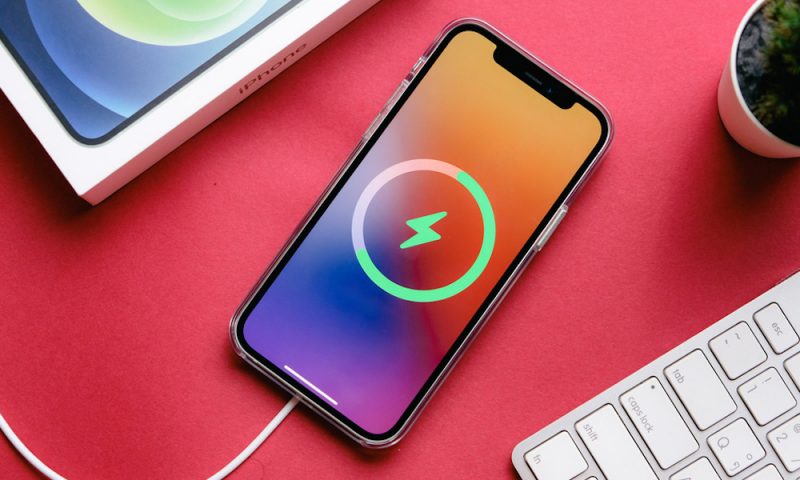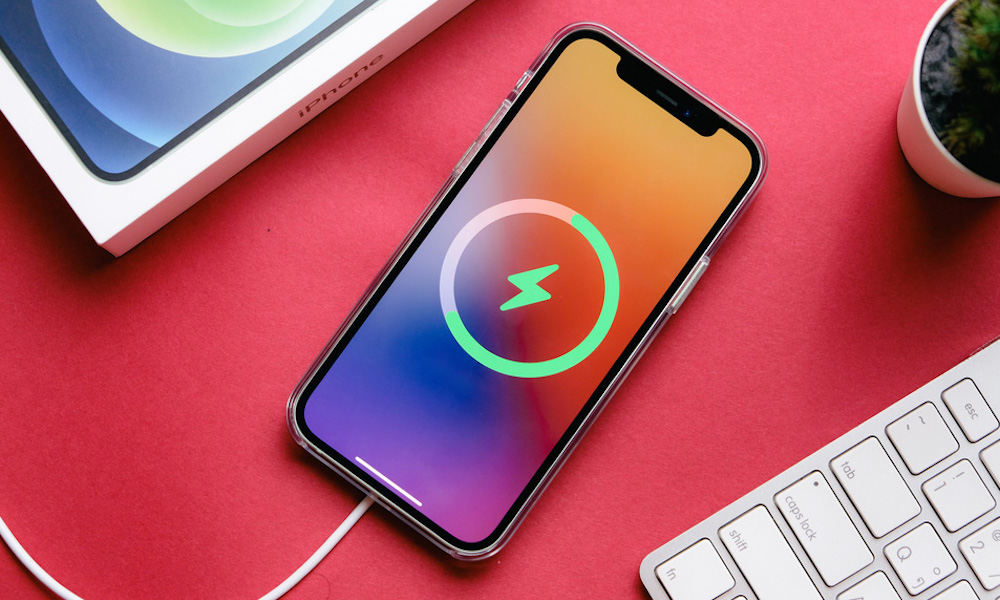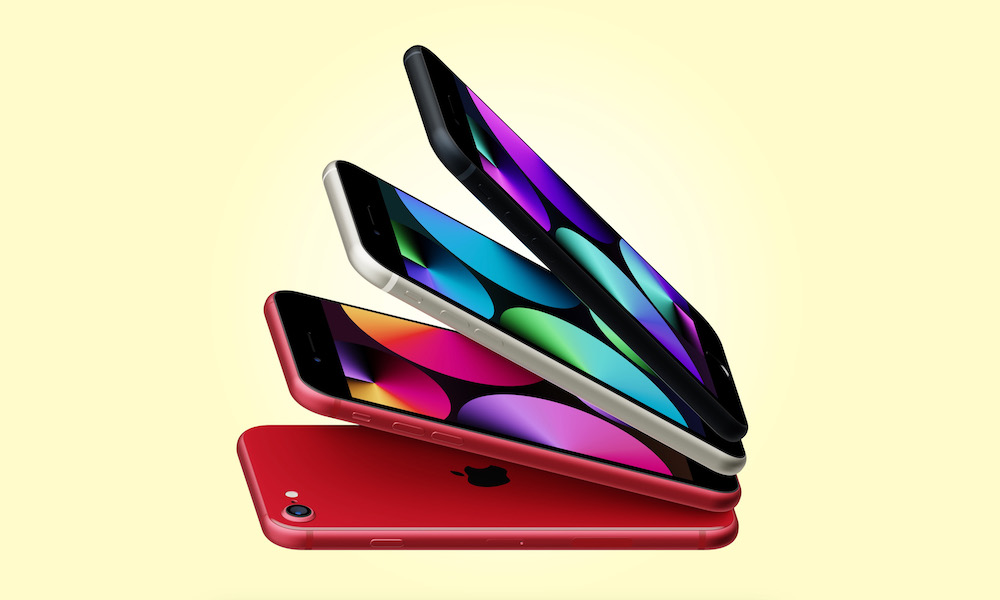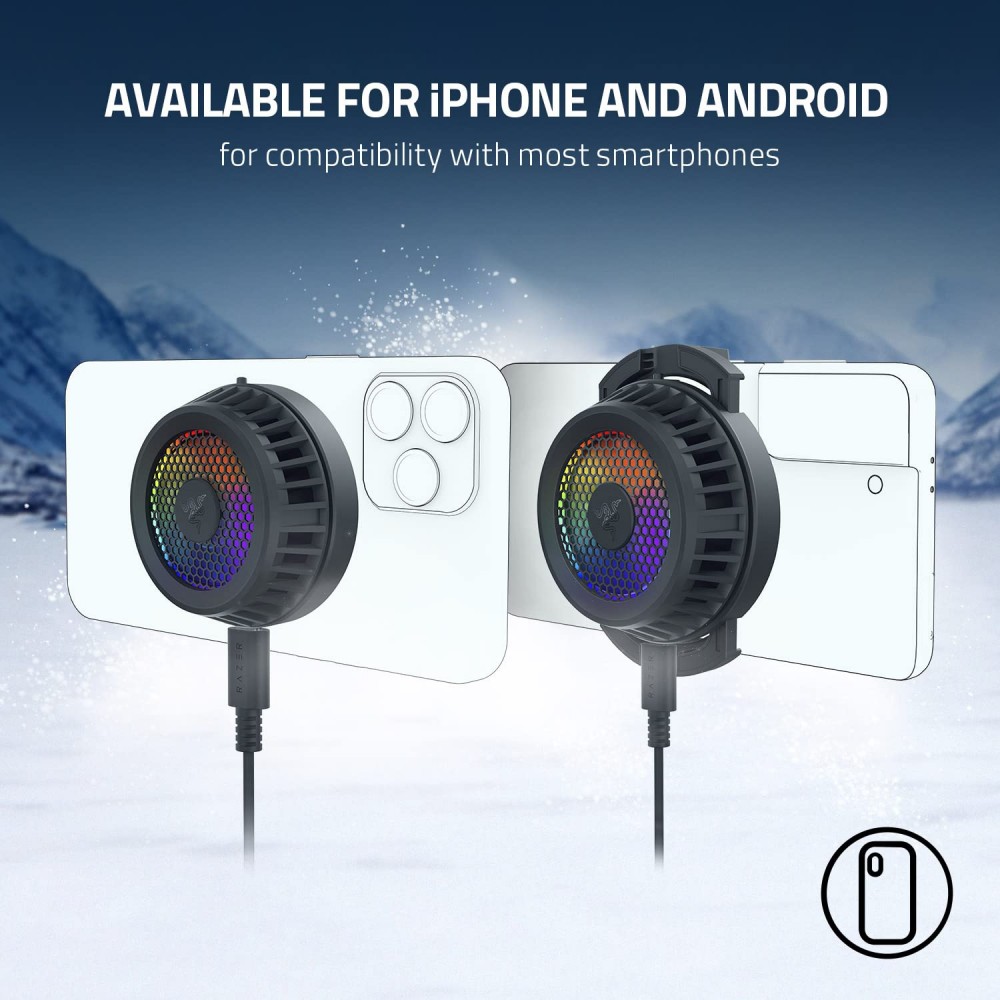Next-Gen MagSafe Could Soon Do So Much More Than Charge Your iPhone

 Credit: Framesira / Shutterstock
Credit: Framesira / Shutterstock
It shouldn’t be all that surprising that Apple’s plans for MagSafe go beyond just attaching cases, stands, and chargers. We’ve already seen hints at what MagSafe can do in how Apple’s MagSafe accessories communicate with the iPhone. Attach a MagSafe case, and a ring lights up in the same color as the case; slip an iPhone into Apple’s Leather Sleeve case, and the clock changes to show the time through the window.
While these are arguably mostly novelty features, they illustrate what MagSafe can already do and why it’s one of Apple’s killer features. Most importantly, it demonstrates that MagSafe can already read data from an accessory, albeit in a limited fashion.
There are also some pretty good indications that Apple is working on a “portless” iPhone, ditching the Lightning port entirely rather than caving to the demand of regulators to switch to USB-C.
These Incredible Apps Help You Save Money, Earn Cash, Cancel Unwanted Subscriptions, and Much More
The App Store has become completely oversaturated with all the same repetitive junk. Cut out the clutter: These are the only 6 iPhone apps you’ll ever need…Find Out More

MagSafe is the way into that port-free future, and now a new patent application gives us a peek into some of the areas that Apple is exploring for the next generation of MagSafe.
To be clear, MagSafe is already a massive bonus for wireless charging. It addresses one of the problems that AirPower hoped to solve to provide more efficient wireless charging. This allows MagSafe-equipped iPhones to charge wirelessly at up to 15W — twice as fast as with a standard Qi charger — while avoiding excessive heat and energy waste resulting from misaligned charging coils.
Keeping It Cool
Now, it looks like Apple plans to do even more to deal with excessive heat. We’ve already seen hints of an intelligent MagSafe cooling case, and in the meantime, one third-party manufacturer, Razer, has created a MagSafe-attached fan for iPhone 13 gamers.
However, like many other MagSafe accessories, the Razer Phone Cooler Chroma only uses magnets to attach to the back of an iPhone. There’s no intelligence to allow it to handle things like temperature monitoring, but that could soon change.

Apple’s new patent application, which carries the rather unassuming title, “Accessory Devices That Communicate With Electronic Devices,” spends a great deal of time discussing ways that MagSafe features could manage the iPhone’s temperature intelligently.
The problem, Apple’s engineers say, is that many accessories like protective cases create a “heat trap.”
While accessory devices can provide [protection against damage], there are some drawbacks to using accessory devices. For instance, some accessory devices inadvertently form a “heat trap” by virtue of their position on the electronic device. U.S. Patent Application 20220117098
This creates new challenges as faster processors emerge since these will “generate more heat during operation.” Traditionally, devices are designed to “throttle down,” reducing processing speed when temperatures get too high, or in extreme cases, even shut down entirely until they can cool off. Since cases can trap heat, many iPhone users are forced to choose between protection and performance.
In some instances, the throttle down operation can be exacerbated by an accessory device that traps heat, leading to lower performance of the electronic device and an undesired user experience. Accordingly, some users are required to choose between protecting their electronic device (with the accessory device) or permitting greater processing capabilities (without the accessory device protecting their electronic device). U.S. Patent Application 20220117098
However, as we saw with last year’s cooling case patent, MagSafe could help the iPhone more easily identify what type of accessory is attached, so it could adjust performance more effectively before it reaches the kind of temperatures where severe throttling is required.
Data Transfer + Authentication
The patent also discusses how this opens the door to other methods of communication with accessories. It doesn’t go so far as talking about data transfer with a computer, but it does talk about how MagSafe could be tied to NFC circuits to help set up and authenticate data transfers.
In this case, the MagSafe components would look for a “unique magnetic field vector” that would be used to identify and authenticate an accessory. This will help determine if the two devices are compatible and if they’re authorized to talk with each other.
The magnetic assembly of the accessory device can act as a “key” used by the electronic device, which relies upon a magnetometer to read/detect the magnetic field vector from the magnetic assembly to authenticate the accessory device. U.S. Patent Application 20220117098
The patent doesn’t offer any specific use cases for this technology, but it’s not hard to imagine the possibilities. MagSafe accessories could form part of the digital key and digital ID systems, be used to unlock apps and other features on an iPhone, and even load in data.
Much of this is just an expansion of what’s already possible with NFC tags and App Clips, but incorporating this technology into MagSafe accessories would make things even more seamless. Imagine getting a new wallpaper automatically installed as soon as you pop on a new iPhone case or being able to match up your digital IDs with the cards stored in your MagSafe wallet case.
Of course, all the usual caveats apply here to Apple’s patents. They may show us what sort of things Apple is thinking about, but there’s never any guarantee that what Apple patents will arrive in a product. Still, it’s a safe bet that Apple has bigger plans for MagSafe.
[The information provided in this article has NOT been confirmed by Apple and may be speculation. Provided details may not be factual. Take all rumors, tech or otherwise, with a grain of salt.]







